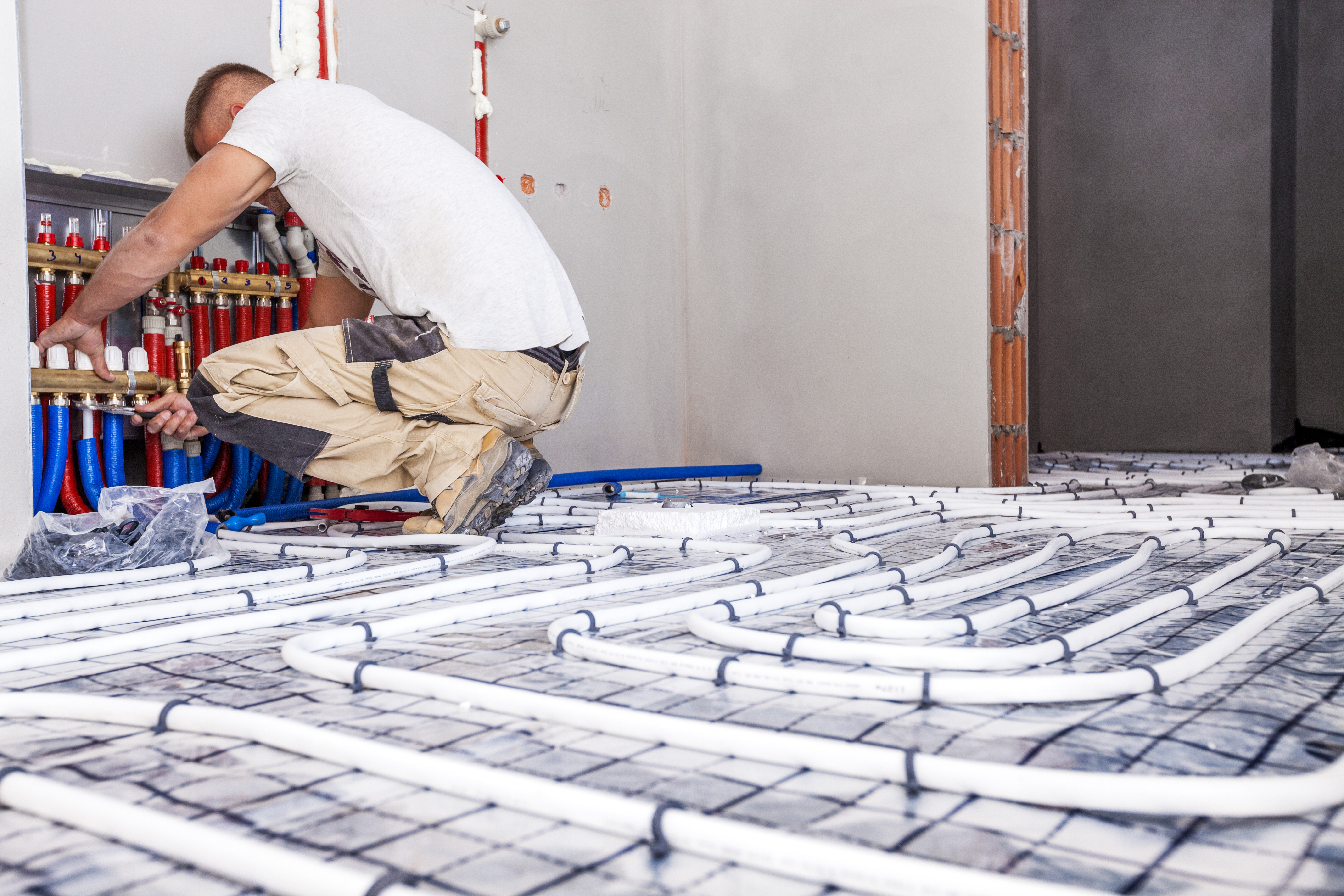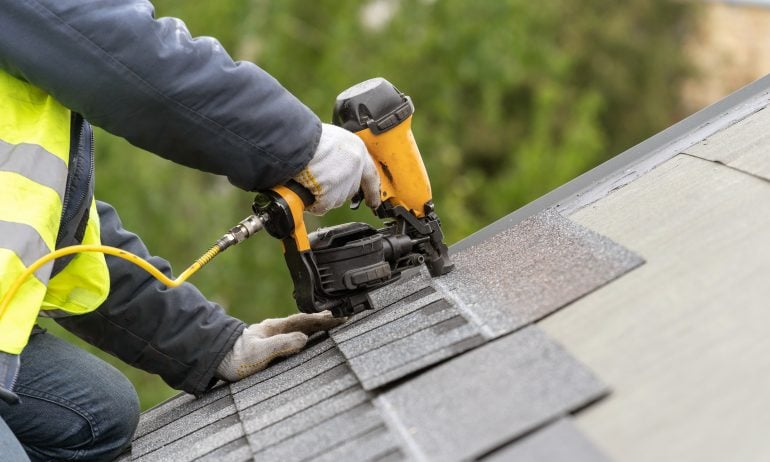Radiators vs. Underfloor Heating: Which Is Right for Your Home?

Choosing the right heating system for your home is a crucial decision that impacts both comfort and energy efficiency. With advancements in heating technology, homeowners now have more options than ever before. Radiators and underfloor heating are two popular choices, each offering unique benefits. But which one is best suited for your home and lifestyle?
In this blog, we’ll explore the key differences between these systems to help you make an informed decision.
Heating Efficiency and Performance
When it comes to heating performance, radiators and underfloor heating differ significantly. Radiators are known for their ability to heat a room quickly, making them ideal for homes where fast heat-up times are important. However, they tend to create uneven heating, with the air closest to the radiator being warmer than the rest of the room. This can make radiators less efficient in larger or open-plan spaces.
Underfloor heating, on the other hand, provides consistent and even warmth throughout the room. Heat rises uniformly from the floor, eliminating cold spots and creating a more comfortable environment. While underfloor heating takes longer to heat up, its efficiency in maintaining steady temperatures often leads to lower energy usage over time. For those focused on long-term energy savings, underfloor heating may be the better choice.
Installation Process and Costs
The installation process is another key factor to consider. Radiators are relatively straightforward to install, especially in existing homes. They can be connected to a home’s existing central heating system with minimal disruption, making them a cost-effective choice for homeowners looking to upgrade their heating without extensive renovations.
In contrast, underfloor heating requires a more invasive installation process, particularly in older homes. For wet systems, which use water pipes beneath the floor, installation typically involves raising the floor level or digging into existing flooring, which can be both time-consuming and expensive. Electric underfloor heating systems are easier to install but may not be as efficient for larger spaces.
Aesthetics and Space-Saving
“The visual impact of your heating system is also worth considering,” according to plumboxcambridge.co.uk. “Radiators are visible features in a room, which can either enhance or detract from the overall decor depending on the design.”
Modern radiators come in a range of styles, from sleek and contemporary to traditional cast-iron models, allowing homeowners to find options that complement their interiors. However, radiators do take up wall space, which can limit furniture placement and design possibilities.
Underfloor heating, on the other hand, is completely invisible, making it an excellent choice for minimalist or modern interiors. Without radiators taking up space, homeowners have greater freedom to arrange furniture and decorate their rooms as they wish. This space-saving advantage is particularly appealing in smaller rooms where every square metre counts.
Maintenance and Durability
When considering a heating system, it’s important to factor in the maintenance requirements and durability of each option. Radiators are generally easier to maintain and repair, as they are accessible and have fewer components to fail. However, they can experience common issues such as trapped air, leaks or rust, which require occasional bleeding, flushing or part replacements. Regular servicing of the boiler and the central heating system ensures that radiators remain efficient and reliable.
Underfloor heating, while highly durable, can be more challenging to repair if issues arise. Wet systems, in particular, require careful installation to prevent leaks, as accessing the pipes under the flooring can be invasive and costly. Electric underfloor systems are less prone to such issues but may need replacement of heating elements over time. Despite these challenges, underfloor heating systems are built to last and with proper installation and periodic checks, they can perform reliably for decades.
Suitability for Different Home Types and Lifestyles
The best heating system for your home depends on factors such as the type of property, room size and your lifestyle. Radiators are well-suited to traditional homes, where existing central heating systems are already in place. They work effectively in smaller rooms or spaces that require quick heating. For families or individuals with a busy lifestyle who want instant warmth, radiators are a practical option.
Underfloor heating, by contrast, is ideal for modern homes, open-plan layouts or properties undergoing renovation. It’s particularly effective in larger spaces, as it distributes heat evenly without creating cold spots. If you value consistent warmth over time and have well-insulated flooring, underfloor heating can be a more efficient choice. However, it’s worth noting that underfloor heating performs best with certain types of flooring, such as tiles, stone or engineered wood, which conduct heat efficiently.
Environmental Impact
With increasing awareness of sustainability, the environmental impact of heating systems is an important consideration. Underfloor heating is often seen as a more eco-friendly option due to its lower energy consumption over time. By operating at lower temperatures and maintaining consistent warmth, it reduces the strain on heating systems and can pair effectively with renewable energy sources like heat pumps or solar panels.
Modern radiators, however, can also be environmentally friendly when paired with high-efficiency boilers and smart heating controls. Upgrading to energy-efficient models and ensuring proper insulation in your home can significantly reduce the carbon footprint of a radiator-based system. For homeowners looking to minimise their environmental impact, both systems can be sustainable with the right setup.
Choosing the Right System for Your Home
When it comes to radiators versus underfloor heating, the best choice depends on your home’s layout, budget and heating priorities. Radiators are a cost-effective, quick-to-install solution that suits traditional homes and smaller spaces, offering fast heat-up times and versatile designs. Underfloor heating, while more expensive to install, provides superior energy efficiency, even warmth and greater flexibility for modern or renovated spaces.
Ultimately, your decision should balance immediate needs with long-term benefits. If you’re unsure which system is right for you, consult with a trusted heating professional to assess your home and provide tailored advice. Whichever system you choose, investing in a well-maintained and efficient heating solution ensures comfort, energy savings and sustainability for years to come.





